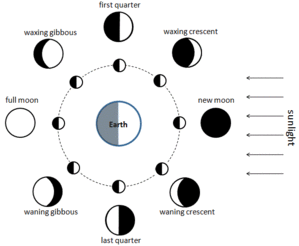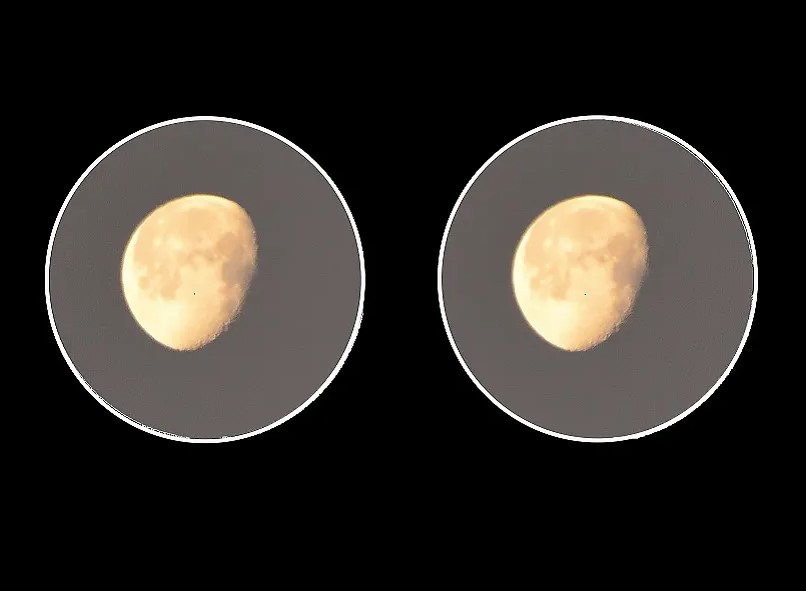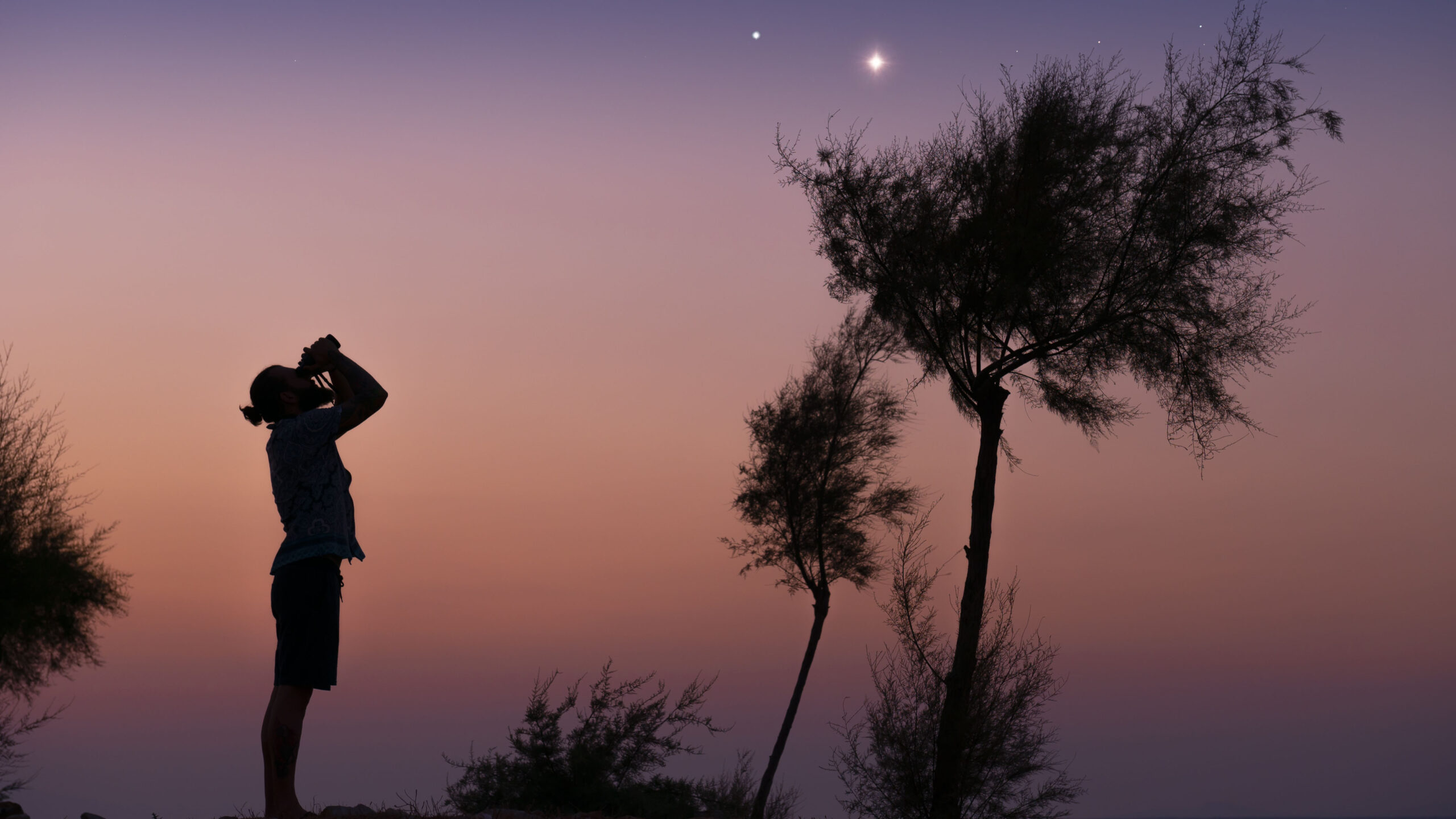Contents
- The Moon’s Phases
- Impact of Moon Phases on Stargazing
- Optimal Moon Phases for Stargazing
- Moon Phases and Celestial Object Observations
- Challenges of Stargazing During Full Moon
- Binocular Use During Moon Phases
- Moon Phase Calendar and Planning
- Tips for Enhanced Stargazing
- Frequently Asked Questions (FAQs)
- Bottom Line
You’re a seasoned astronomer or just someone who appreciates the beauty of the night sky, understanding how moon phases can impact stargazing and the use of binoculars can greatly enhance your celestial observations.
Moon phases can have a significant impact on stargazing and binocular use. The moon’s brightness and location in the night sky change as it goes through its various phases, and these changes can either enhance or hinder your ability to observe celestial objects with binoculars.
To optimize stargazing experiences, choose moon phases such as the new moon or waning crescent for observing deep-sky objects.
Binoculars can enhance observations by providing a wider field of view, especially when moonlight interferes with visibility during other phases. Planning your stargazing sessions around moon phases is key to a rewarding celestial experience.
The Moon’s Phases

Before diving into the impact of moon phases, it’s crucial to understand the moon’s eight primary phases. These phases, which continually cycle, include:
New Moon: The moon is between the Earth and the Sun, rendering it invisible from our perspective.
Waxing Crescent: A small, illuminated crescent appears as the moon begins to move away from the new moon.
First Quarter: Half of the moon is illuminated, creating a distinctive right-angled shape.
Waxing Gibbous: More than half of the moon is illuminated, and it appears as a growing, bulging crescent.
Full Moon: The entire moon’s surface is visible and illuminated.
Waning Gibbous: Similar to the waxing gibbous phase, but with the left side illuminated.
Third Quarter: Half of the moon is illuminated, but this time the left side is visible.
Waning Crescent: A small, illuminated crescent appears on the moon’s left side as it approaches the new moon.
Impact of Moon Phases on Stargazing
The moon, despite being Earth’s closest celestial neighbor, plays a significant role in stargazing. Its impact is twofold:
Brightness:
The most apparent effect is the moon’s brightness. During a full moon, it can be blindingly bright, casting a considerable amount of light on the Earth’s surface. This light pollution severely hampers the visibility of faint stars, galaxies, and nebulae, making deep-sky observation challenging.
Conversely, during the new moon phase, when the moon is nearly absent from the night sky, stargazers are treated to the darkest conditions, ideal for observing faint celestial objects.
Reference Point:
Despite its interference, the moon can serve as a helpful reference point, especially for beginners. During the waxing phases, the moon is visible in the evening sky, aiding stargazers in locating other celestial objects.
Its changing position throughout the night and across different phases provides a dynamic backdrop against which to view other stars and planets.
Optimal Moon Phases for Stargazing

For those seeking the best conditions for stargazing and using binoculars, certain moon phases are preferable:
New Moon: This phase offers the darkest skies, making it the optimal time for stargazing. Faint stars, distant galaxies, and elusive nebulae are more visible during this period.
Waning Crescent: Just before the new moon, the waning crescent phase is another excellent time for stargazing. While a sliver of the moon is visible, it doesn’t produce significant light pollution.
Moon Phases and Celestial Object Observations
Different moon phases affect the observation of specific celestial objects:
Stars: Stars are visible throughout the moon’s phases, but their brilliance can be enhanced or dimmed depending on the moon’s brightness.
Planets: Planets are relatively bright and can often be observed even during full moon phases.
Galaxies and Nebulae: These faint, distant objects are best observed during the new moon and waning crescent phases when the night sky is darkest.
Challenges of Stargazing During Full Moon
The full moon, while spectacular in its own right, presents challenges for stargazers:
Reduced Visibility: Faint celestial objects are difficult to spot due to the moon’s intense brightness.
Limited Targets: Stargazing during a full moon primarily involves observing the moon itself and brighter objects like planets. Deep-sky objects are mostly obscured.
Binocular Use During Moon Phases
Binoculars are valuable tools for stargazers, offering portability and ease of use. They can mitigate the effects of moonlight during less favorable phases by providing a wider field of view and enhancing the visibility of star clusters and bright nebulae.
Moon Phase Calendar and Planning
To make the most of your stargazing experiences, consider using moon phase calendars and planning tools. These resources can help you schedule your observations during optimal moon phases and track the moon’s position in the night sky.
Tips for Enhanced Stargazing
Here are some practical tips for enhancing your stargazing experiences throughout the lunar cycle:
- Use a red flashlight to preserve your night vision.
- Find a dark sky location away from city lights.
- Bring a comfortable chair or blanket for extended viewing sessions.
- Utilize stargazing apps and star charts for navigation.
Frequently Asked Questions (FAQs)
How do moon phases affect stargazing?
Moon phases significantly impact stargazing by altering the brightness of the night sky. During a new moon, the sky is darkest, ideal for observing faint celestial objects. However, during a full moon, its brightness can obscure many stars and deep-sky objects.
What are the best moon phases for stargazing with binoculars?
The best moon phases for stargazing with binoculars are the new moon and waning crescent phases. These offer the darkest skies with minimal moonlight interference, enhancing the visibility of deep-sky objects.
Do binoculars help with stargazing during bright moon phases?
Yes, binoculars can be valuable tools during bright moon phases. They provide a wider field of view and can help you observe star clusters and brighter objects more effectively when moonlight interferes with visibility.
Can the moon be used as a reference point for stargazing?
Yes, the moon can serve as a helpful reference point, especially for beginners. During the waxing phases, the moon is visible in the evening sky and can aid in locating other celestial objects. Its changing position throughout the night provides a dynamic backdrop for stargazing.
What’s the main takeaway for stargazers regarding moon phases?
The main takeaway is that moon phases significantly affect stargazing conditions. Understanding how each phase impacts visibility and planning your observations accordingly can lead to more rewarding and enjoyable stargazing experiences.
Bottom Line
Moon phases profoundly influence stargazing and binocular use, shaping the quality of your celestial observations. Understanding how the moon’s changing phases impact visibility can help you plan your stargazing adventures more effectively.
Whether you’re a seasoned astronomer or a beginner, embracing the challenges and opportunities presented by each moon phase can lead to awe-inspiring nights under the stars.

A Binoculars enthusiast, who love exploring skies and watching birds. It is my hobby to collect Binoculars of different kinds and try to explore the world through various lenses. This is all I do to explore happiness by magnifying my beautiful world.




